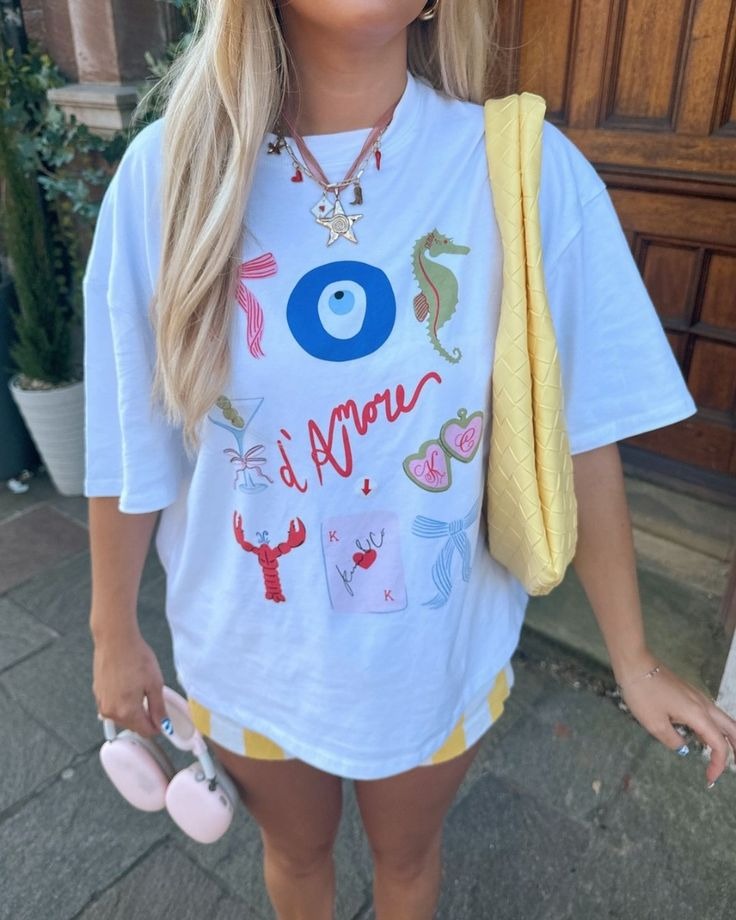Introduction
Across continents and cultures the humble t-shirt has transcended its origins as a mere undergarment to become one of the most ubiquitous and versatile pieces in modern wardrobes. Its deceptively simple form belies a complex history rich with social transformation technological innovation and creative expression. In this extended exploration we will delve deeper into the origins and evolution of the t-shirt trace its ascent as a medium for graphic communication examine its profound cultural resonance and consider the multifaceted challenges and opportunities that lie ahead for this timeless garment.
Historical Roots
The precursors of the modern t-shirt appeared in the late nineteenth century when workers and laborers in industrialized regions sought lightweight breathable attire to replace heavier woven shirts ill-suited to sweltering conditions. Early iterations were crafted from loosely knit cotton jersey and featured rudimentary pull-over construction that eliminated cumbersome collars and stiff cuffs. Though these prototypes were never intended for public display they quickly gained favor among those who prized ease of movement and effortless layering.
Wartime Adoption
The defining moment in the t-shirt’s transformation arrived during the First World War when naval forces began issuing short-sleeved undershirts to sailors stationed in tropical posts. The garment’s coolness and flexibility eased the burden of woolen uniforms under the searing sun and its simple construction facilitated rapid laundering at sea. In the aftermath of conflict veterans brought the garment ashore integrating it into civilian wardrobes as a comfortable everyday staple. By mid-century the t-shirt had shed much of its military association and emerged as a blank canvas awaiting new forms of expression.
Rise of Graphic Expression
The postwar era ushered in an explosion of printed t-shirts as marketers and entertainers recognized the medium’s potential for mass communication. Early commercial prints advertised soda brands local events and sports teams but soon pioneers of political activism and counterculture seized upon the garment’s mobility to broadcast messages to an expanding audience. Campus protests against war discrimination and environmental degradation found energetic allies in hand-screened shirts bearing provocative slogans. Musicians and artists followed suit emblazoning merchandise with logos tour dates and album art that fans wore as badges of belonging. In transcending its original utility the t-shirt became both instrument and artifact of collective sentiment.
Cultural Impact
From Hollywood blockbusters to underground art scenes the t-shirt has maintained a chameleonic ability to adapt its meaning. In mainstream fashion it lends a casual edge when paired with tailored trousers or layered beneath blazers. Streetwear culture elevated the garment to high-value collectible status with limited-edition collaborations between fashion houses musicians and visual artists commanding hefty resale prices. Meanwhile bespoke designers have deconstructed its silhouette exploring elongated sleeves asymmetrical hems and unconventional necklines. In every niche subculture the t-shirt has served as a visual shorthand for identity signaling taste affiliation and political stance.
Technical Innovations in Fabric and Design
Advances in textile science continue to inform the evolution of the t-shirt. Organic cotton grown without synthetic pesticides offers environmentally friendly fibers while recycled polyester repurposes post-consumer plastic bottles into performance fabrics. Moisture-wicking blends leverage capillary action to keep skin dry under strenuous exertion and antimicrobial treatments inhibit odor buildup. Beyond material composition designers have experimented with seamless knitting techniques 3D body scans and laser-cut paneling to create shirts tailored to individual contours. Digital printing processes now render photorealistic imagery and gradient color transitions that would have been impossible a generation ago.
Global Variations and Cultural Interpretations
Although its basic form remains consistent the t-shirt has been localized by diverse cultures to reflect aesthetic traditions and climate realities. In West Africa bold wax prints adorn shirts alongside appliqué embroidery that harken to ancestral textiles. In Japan minimalist labels take cues from Zen philosophy incorporating subdued palettes and precise stitching. South Korea’s “oversize” trend reimagines proportions for a youthful unisex silhouette while Latin America embraces vibrant hand-painted motifs celebrating folk art and community festivals. Across these myriad iterations the t-shirt functions as a vessel for storytelling and preservation of cultural heritage.
Economic and Industrial Dimensions
The global market for t-shirts underscores their economic significance. Billions of units are manufactured annually in sprawling industrial hubs in Southeast Asia South Asia and Central America. Factories equipped with automated knitting and sewing lines produce garments at astonishing speed yet often at the cost of opaque labor practices and exploitative wages. Meanwhile brands from fast fashion to luxury segments jockey to capture consumer spending through seasonal drops flash sales and influencer partnerships. The sheer volume of production exerts pressure on supply chains driving demand for raw materials energy and water and generating substantial waste through unsold inventories and discarded garments.
Ethical Considerations and Sustainability
Amid growing awareness of the social and environmental toll of mass apparel consumption consumers and producers alike are reevaluating the life cycle of t-shirts. Fair trade initiatives certify farms and factories that adhere to equitable labor standards while cradle-to-cradle frameworks aim to redesign garments for recyclability and circular economy models. Innovations in low-water dyeing technologies and plant-based inks reduce chemical pollution while garment rental and resale platforms extend product longevity. Grassroots movements encourage mindful purchasing mending and upcycling as countermeasures to the throw-away culture that has defined fast fashion.
Customization and Personalization
As digital fabrication technologies become more accessible individuals wield unprecedented agency over the design of their t-shirts. Online configurators allow instant previews of text placement color combinations and graphic overlays while home desktop printers empower DIY enthusiasts to experiment with heat transfers and iron-on decals. Local print shops offer small-batch runs catering to community sports teams school events and grassroots campaigns. This democratization of production fosters creativity and diminishes reliance on large-scale manufacturers while reinforcing the t-shirt’s role as personal expression par excellence.
Psychological and Social Dimensions
The power of the t-shirt as a psychological tool stems from its proximity to the body. Clothing psychologists note that garments can influence mood confidence and social perception. A striking graphic can serve as icebreaker prompting conversations while a muted tone can project professionalism or neutrality. In social movements wearing a uniform t-shirt unites participants and communicates solidarity to external audiences. Brands exploit these dynamics in merchandise strategies that cultivate devoted followings and inspire word-of-mouth endorsement far beyond traditional advertising channels.
The Future of the T-Shirt
Emerging trends suggest the t-shirt will continue to evolve at the intersection of technology sustainability and style. Smart textiles embedded with wearable sensors may track biometric data altering appearance in response to environmental stimuli or user preference. Blockchain-verified supply chains could offer transparent origin stories reinforcing consumer trust in ethical sourcing. Virtual reality and augmented reality platforms may spawn digital apparel collections worn by avatars in online worlds blurring boundaries between physical and virtual self-presentation. At the same time slow fashion advocates will champion artisanal craftsmanship personalized tailoring and regenerative farming practices to reintroduce slowness into the garment lifecycle.
Conclusion
After more than a century of innovation adaptation and reinvention the t-shirt stands as a testament to the interplay between form and function culture and commerce. Its straightforward construction has enabled layers of complexity to accrue over time so that today it embodies not just comfort but also identity aspiration and technological potential. Whether mass-produced in a bustling factory or hand-crafted by a local artisan each t-shirt carries stories of its makers and wearers across generations. As we navigate the pressing imperatives of environmental stewardship and social equity the t-shirt will no doubt remain a powerful canvas upon which we inscribe our evolving values dreams and collective endeavors




Leave a comment